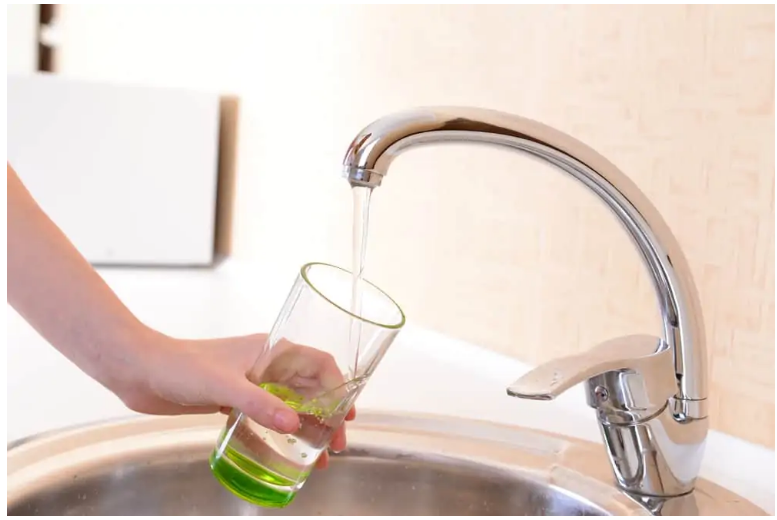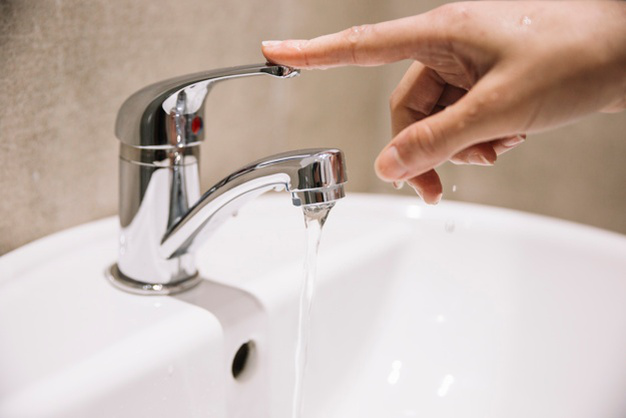Helpful Approaches for Dealing with Low Water Pressure in Your Home
Helpful Approaches for Dealing with Low Water Pressure in Your Home
Blog Article
What are your opinions regarding 10 Reasons for Low Water Pressure in Your House?

Low water stress in your house can be a frustrating problem, impacting whatever from bathing to washing dishes. If you're experiencing weak water flow, there are numerous possible reasons and remedies to check out. In this guide, we'll review typical reasons for low water stress and sensible actions to attend to the problem effectively.
Intro to Low Water Stress
Low tide pressure occurs when the flow of water from your taps, showers, and various other fixtures is weak than normal. This can make everyday tasks more difficult and much less reliable. Comprehending the causes of low water pressure is important to locating the appropriate service.
Typical Sources Of Low Tide Stress
Pipe Obstructions
Gradually, pipelines can come to be obstructed with natural resource, sediment, or debris, limiting the circulation of water. This is a common concern in older homes with galvanized steel pipelines.
Corrosion
Corrosion within pipelines can lead to leakages and decreased water pressure. Rust buildup can tighten water circulation, specifically in aging plumbing systems.
Faulty Pressure Regulatory Authorities
Pressure regulators are responsible for keeping consistent water pressure in your home. If they malfunction, it can lead to low tide stress or irregular circulation throughout the house.
Local Water Supply Issues
Occasionally, the trouble exists outside your home. Municipal supply of water problems, such as main line leakages or maintenance job, can momentarily lower water stress in your location.
Exactly How to Diagnose Low Tide Pressure
Examining Taps and Fixtures
Beginning by examining the water pressure at various faucets and components throughout your home. If the problem is separated to certain locations, it may show local issues.
Checking Pipelines
Examine noticeable pipelines for indications of leakages, corrosion, or obstructions. Take note of any kind of uncommon audios, such as banging or rattling pipelines, which might suggest problems within the plumbing system.
Consulting with a Plumber
If you're incapable to determine the reason for low tide pressure, take into consideration employing a specialist plumber to carry out an extensive inspection. They can identify underlying issues and advise appropriate solutions.
DIY Solutions to Repair Low Tide Pressure
Cleansing Aerators and Showerheads
Mineral deposits can accumulate in aerators and showerheads, reducing water flow. Remove and clean up these elements on a regular basis to improve water stress.
Flushing Water Heater
Sediment buildup in the water heater can restrict circulation and decrease effectiveness. Purging the tank occasionally helps get rid of sediment and maintain optimum efficiency.
Inspecting Pressure Regulator
Make sure that the pressure regulatory authority is functioning correctly. Readjusting or changing the regulator can help restore correct water pressure throughout your home.
Clearing Clogs in Pipes
For small obstructions, try using a plumbing serpent or chemical drainpipe cleaner to clear obstructions in pipelines. Beware when utilizing chemicals and follow safety and security guidelines.
When to Call a Specialist Plumber
If DIY initiatives stop working to fix the problem or if you believe substantial plumbing issues, it's best to seek assistance from a licensed plumber. They have the experience and devices to deal with complicated concerns safely and properly.
Safety Nets to Keep Water Stress
Regular Maintenance
Set up routine upkeep for your plumbing system to stop issues such as rust, leakages, and blockages. Resolving minor troubles early can assist avoid more significant fixings later on.
Installing a Stress Booster
Take into consideration setting up a pressure booster pump to boost water pressure in areas with continually low circulation. This can be particularly valuable for multi-story homes or residential properties with high-demand fixtures.
Tracking Water Usage
Bear in mind water use habits and avoid overtaxing the plumbing system. Easy changes, such as staggering showers and washing loads, can help keep adequate water stress.
Conclusion
Dealing with low tide stress can be irritating, however determining the underlying causes and applying appropriate remedies can bring back ideal circulation throughout your home. Whether it's cleaning aerators, examining pipelines, or speaking with a plumber, taking aggressive steps can guarantee a consistent supply of water for your day-to-day demands.
FOUR WAYS TO FIX LOW WATER PRESSURE NOW
Turning on a shower or faucet only to find the water comes out in a sad, slow drizzle is never a good feeling. How exactly are you supposed to wash a pan or take a quick shower when it takes 10 minutes just to rinse off a little soap? The good news is that when your water pressure is bad, there's always a cause: typically one that can be easily fixed. Here are some of the most common causes of low pressure and what you can do to fix the issue:
DEBRIS AND MINERAL DEPOSIT BUILDUPS
If you notice low water pressure from just one or two of the fixtures in your house, the problem likely has to do with debris buildup. Water is full of minerals and other debris, all of which can accumulate in your pipes and on your fixtures. This can cause a blockage that affects how much water flows through. To fix this, try filling a small plastic bag with white vinegar, and use a rubber band to hang it around your showerhead or faucet. Let the head of the fixture soak for a few hours, and the vinegar should loosen the deposits.
WATER LEAKS
Leaks are another common cause of low water pressure. If water is flowing out of your plumbing through a hole or crack before it can reach your fixture, the pressure coming out of the faucet or showerhead will be lower. A plumbing professional is your best bet for finding and repairing a leak in your water supply pipes.
Leaks are another common cause of low water pressure. If water is flowing out of your plumbing through a hole or crack before it can reach your fixture, the pressure coming out of the faucet or showerhead will be lower. A plumbing professional is your best bet for finding and repairing a leak in your water supply pipes.
FOUR WAYS TO FIX LOW WATER PRESSURE NOW
Turning on a shower or faucet only to find the water comes out in a sad, slow drizzle is never a good feeling. How exactly are you supposed to wash a pan or take a quick shower when it takes 10 minutes just to rinse off a little soap? The good news is that when your water pressure is bad, there's always a cause: typically one that can be easily fixed. Here are some of the most common causes of low pressure and what you can do to fix the issue:
DEBRIS AND MINERAL DEPOSIT BUILDUPS
If you notice low water pressure from just one or two of the fixtures in your house, the problem likely has to do with debris buildup. Water is full of minerals and other debris, all of which can accumulate in your pipes and on your fixtures. This can cause a blockage that affects how much water flows through. To fix this, try filling a small plastic bag with white vinegar, and use a rubber band to hang it around your showerhead or faucet. Let the head of the fixture soak for a few hours, and the vinegar should loosen the deposits.
WATER LEAKS
Leaks are another common cause of low water pressure. If water is flowing out of your plumbing through a hole or crack before it can reach your fixture, the pressure coming out of the faucet or showerhead will be lower. A plumbing professional is your best bet for finding and repairing a leak in your water supply pipes.
Leaks are another common cause of low water pressure. If water is flowing out of your plumbing through a hole or crack before it can reach your fixture, the pressure coming out of the faucet or showerhead will be lower. A plumbing professional is your best bet for finding and repairing a leak in your water supply pipes.
A VALVE ISSUE
If you have low water pressure throughout your home, check your main shut-off valve to make sure it's completely open. You may also want to see if there's a pressure-reducing valve installed. If there is, have a plumber help you adjust the settings to get the pressure you're looking for.
OTHERS USING WATER
Believe it or not, your low water pressure could be caused by your neighbors. If you notice low pressure at certain times of day, it may be because you and the people living next to you have similar schedules - when everyone is showering at the same time, the pressure will be lower in every home. Low pressure throughout the neighborhood may also be caused by an issue with your municipal water supply. If that's the case, call the supplier to see if they're working on the issue.
https://www.rotorooter.com/blog/water-leaking/low-water-pressure-fixes/

I'm certainly very occupied with 4 Ways to Troubleshoot Low Water Pressure and I hope you appreciated my blog entry. Appreciated our piece of writing? Please quickly share it. Help someone else check it out. Thanks a lot for going through it.
Call Today Report this page